This is somewhat of a meta question, but because it relates to a database design, I thought I should post it here.
I'm building a site that includes Q+A and was wondering how I should structure my SQL database, so naturally, I looked to the best of the best. However, the Stack Exchange database schema seems to defy what I've learned about creating maintainable/extensible table hierarchies.

As you can see, Stack Exchange stores all of its "Posts" in one table, except for comments, which has its own table. Post types include questions, answers, and various wiki things. This results in a lot of NULL columns in the table. For example, questions have titles, tags, and answerCounts, while answers don't, so all answer entries have NULL for all three of those columns. If more post types are added over time, this will progressively become less maintainable. And the fact that comments is the only type of post that has its own table just seems inconsistent.
What I've read states that it's generally preferred to use an object subclass hierarchy, in which there's a generic "Posts" table along with a bunch of tables for each type of post that all have one column that maps back to the corresponding entry in the "Posts" table. This keeps the number of null columns to a minimum and makes it more extensible, but slows down queries because they'll require more joins.
So why does Stack Exchange use this giant table method? Is it just the result of ages of modifications to an old database? More specifically, should I use this model for my own Q+A system or stick with an object subclass hierarchy (my Q+A/forum system will closely resemble SO's, with several types of posts including questions, answers, polls, reviews, etc.)?